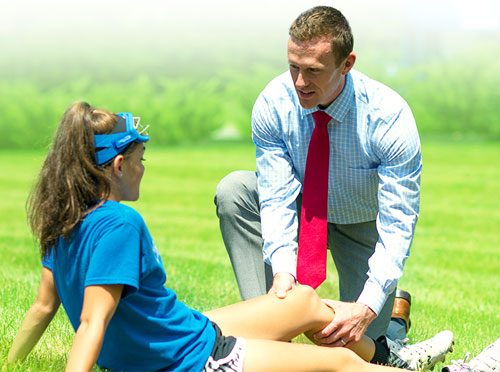Dr. Rice has joined Beacon Orthopedics and Sports Medicine
Congratulations Dr. Rice: 2025 Cincinnati Magazine Top Doctor
Healthcare News
Young patients undergoing labral repair may not require opioids as standard of care
An opioid-free pain management regimen yielded similar pain outcomes and opioid consumption vs. an opioid-containing regimen for young patients undergoing arthroscopic labral repair.
The best stretches for runners and how to prevent running injuries
Running or jogging uses many of the body’s muscles, particularly those in the legs, feet, and back. Forgetting to stretch after running can cause muscles to become tense and painful, which can keep a person from achieving their fitness goals. Stretches such as knee hugs, Child’s Pose, standing quad stretches, and Downward Dog may be particularly beneficial for runners and joggers.
Stretching and strengthening exercises for the Achilles tendon
Achilles tendon damage is common. It can be painful and make it difficult to exercise or even walk. Stretches can help speed up healing and improve mobility.
Growing pains? For young athletes, it might be a sports injury
"Overuse injuries are really predictable," said Silvis, a sports medicine physician at Penn State Bone and Joint Institute in Hershey, Pennsylvania. "We use the 'rule of toos'—too much, too fast, too often. When kids are in the position to overuse certain muscle groups or joints, that's when they start to break down and have injuries."
Preventing, Treating Sports Injuries in Kids: A Guide
Every year, more than 3.5 million U.S. kids are treated for sports-related injuries. The most common injuries include sprained ankles, broken bones, concussions, torn or stretched ligaments and broken or loose teeth. Even though kids are young and strong, their bodies can suffer wear and tear just like adults do. In fact, young people are even more prone to sports injuries because their bodies are still growing.


